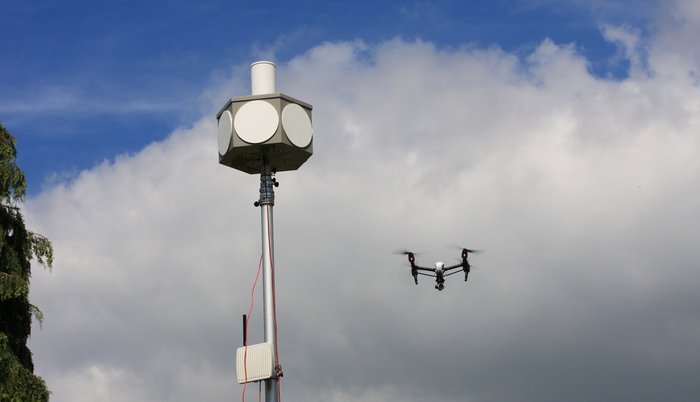The US Department of Transportation (DOT) has selected 10 state, local and tribal governments as participants in the Unmanned Aircraft Systems (UAS) Integration Pilot Program.
The 10 selected parties will partner with the Federal Aviation Administration (FAA) and private sector participants to safely explore the further integration of drone operations.
“Data gathered from these pilot projects will form the basis of a new regulatory framework to safely integrate drones into our national airspace,” said US Secretary of Transportation Elaine L Chao.
The 10 selectees are:
• Choctaw Nation of Oklahoma, Durant, Oklahoma;
• City of San Diego, California;
• Virginia Tech – Center for Innovative Technology, Herndon, Virginia;
• Kansas Department of Transportation, Topeka, Kansas;
• Lee County Mosquito Control District, Ft. Myers, Florida;
• Memphis-Shelby County Airport Authority, Memphis, Tennessee;
• North Carolina Department of Transportation, Raleigh, North Carolina;
• North Dakota Department of Transportation, Bismarck, North Dakota;
• City of Reno, Nevada; and
• University of Alaska-Fairbanks, Fairbanks, Alaska.
“The enthusiastic response to our request for applications demonstrated the many innovative technological and operational solutions already on the horizon,” added Secretary Chao.
The UAS Integration Pilot Program will help tackle the most significant challenges to integrating drones into the national airspace and will reduce risks to public safety and security. The program is a coordinated effort to provide certainty and stability to communities, drone owners and the rapidly evolving drone industry.
The 10 final selectees will now work with the FAA to refine their operational concepts through Memorandums of Agreement (MOAs). The MOAs will establish the parties’ responsibilities, describe specific concepts of operations they will undertake, establish any data-sharing requirements, and specify that no federal funds will be spent on the program.
Over the next two and a half years, the selectees will collect drone data involving: night operations; flights over people and beyond the pilot’s line of sight; package delivery; detect-and-avoid technologies; and the reliability and security of data links between pilot and aircraft.
The data collected from these operations will help the USDOT and FAA create new enabling rules that allow more complex low-altitude operations; identify ways to balance local and national interests related to UAS integration; improve communications with local, state and tribal jurisdictions; address security and privacy risks; and accelerate the approval of operations that currently require special authorizations.
Fields that could see immediate opportunities from the program include commerce, photography, emergency management, public safety, precision agriculture and infrastructure inspections.


